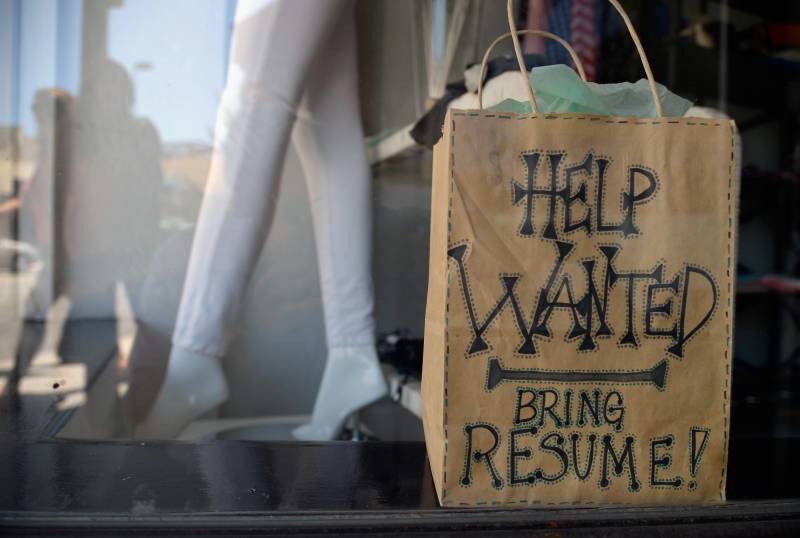While job postings nationally were 19.2% higher than before the pandemic, in California they were just 2% higher, according to Michael Bernick, a former director of the California Employment Development Department who is now a lawyer with the Duane Morris firm.
“Clearly, the state’s job machine has throttled down to a slower speed in September,” said Sung Won Sohn, a professor of finance and economics at Loyola Marymount University. “This is not exactly what we want to boast about.”
Conservatives and some business leaders had bemoaned an extra $300-per-week federal supplement to weekly unemployment benefits, arguing it discouraged people from returning to work. But those extra benefits expired on Sept. 4, and Friday’s report did not show a massive increase in new jobs.
California’s workforce — the number of people who have a job or are looking for one — increased by 30,500 people in September, similar to gains from previous months. Other states that ended the extra benefits early also did not see an increase in their workforces compared to states that did not.
California’s job growth has been driven mostly by new jobs in hotels, restaurants and tourist attractions as coronavirus restrictions have been lifted.
Data made public Friday by the U.S. Bureau of Labor Statistics showed California’s job gains were behind Texas (95,800 jobs) and Florida (84,500 jobs). These are Republican-led states with leaders who have been highly critical of California’s pandemic approach, as California has been with their approaches.
Nine of California’s 11 industry sectors gained jobs in September, led by leisure and hospitality based on what state officials said was strength in performing arts and spectator sports. Of the more than 2.1 million jobs lost in California at the start of the pandemic in March and April of 2020, the state has regained just over 1.7 million, or 63.5%.
“Our economic recovery continues to make promising progress, with 812,00 new jobs this year and regaining over 63% of those jobs we lost to the pandemic,” said Gov. Gavin Newsom.
"As we continue to recover, our work is more important than ever to get more Californians back on the job and support those hardest hit by the pandemic," Newsom's office posted on social media.

